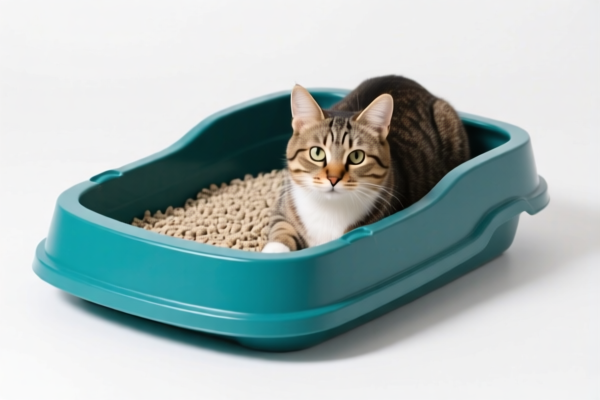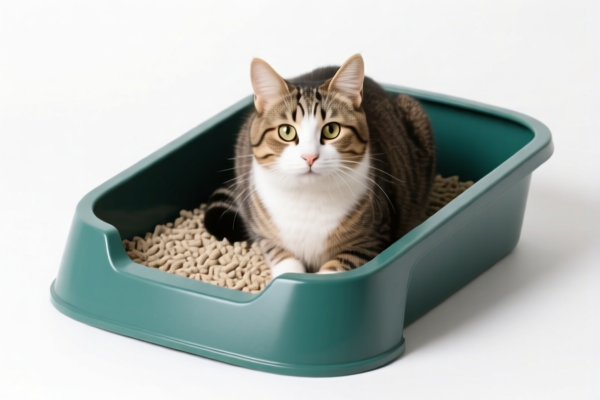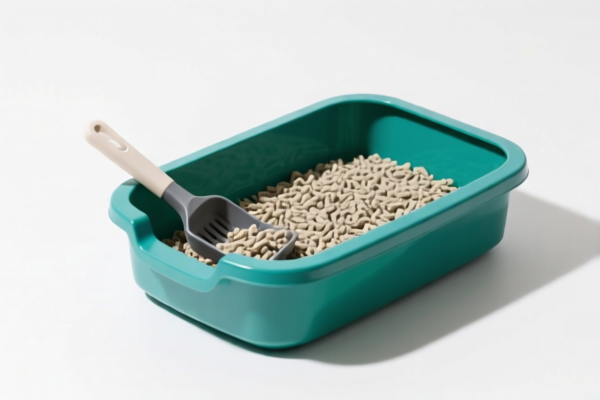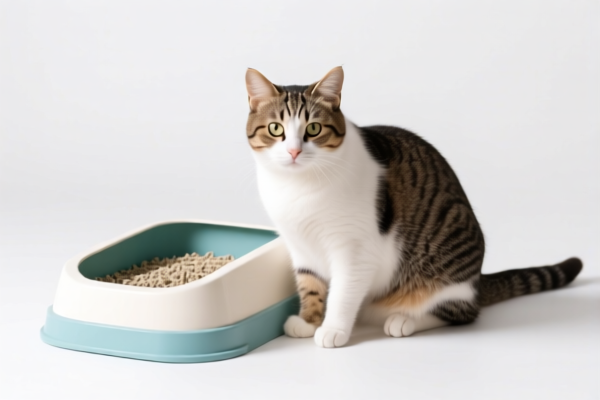| HS Code | Official Doc | Tariff Rate | Origin | Destination | Effective Date |
|---|---|---|---|---|---|
| 3923900080 | Doc | 58.0% | CN | US | 2025-05-12 |
| 3923210080 | Doc | 58.0% | CN | US | 2025-05-12 |
| 3915900090 | Doc | 55.0% | CN | US | 2025-05-12 |
| 3915100000 | Doc | 55.0% | CN | US | 2025-05-12 |
| 4818900080 | Doc | 37.5% | CN | US | 2025-05-12 |
| 4823908620 | Doc | 55.0% | CN | US | 2025-05-12 |
| 4823908000 | Doc | 55.0% | CN | US | 2025-05-12 |




Cat Litter Box Liners
Cat litter box liners are disposable or reusable bags designed to fit inside cat litter boxes, simplifying the cleaning process and containing litter waste.
Material
- Plastic: The most common material, typically polyethylene (PE). These are inexpensive and readily available. Variations include low-density polyethylene (LDPE) and high-density polyethylene (HDPE), differing in thickness and strength.
- Biodegradable/Compostable: Made from materials like plant-based starches or other compostable polymers. These are an environmentally friendly alternative, though they may require specific composting conditions.
- Reusable Fabrics: Typically made of waterproof, washable fabrics like PUL (polyurethane laminate). These are a more sustainable option, requiring washing after each use.
Purpose
The primary purpose of litter box liners is to:
- Contain Mess: Prevent litter from scattering during scooping and disposal.
- Simplify Cleaning: Allow for easy removal and disposal of the entire litter box contents, reducing the need for extensive scrubbing.
- Odor Control: Some liners contain odor-absorbing materials or are designed to minimize odor leakage.
- Protect the Litter Box: Prevent urine from directly contacting the litter box, extending its lifespan and preventing staining or corrosion.
Function
Liners function by creating a sealed container within the litter box. They are typically installed by wrapping the sides of the litter box with the liner, leaving excess material to fold over the top edges. When the litter needs changing, the entire liner, containing the used litter, is removed, tied shut, and disposed of.
Usage Scenarios
- Daily Maintenance: Used in conjunction with regular litter scooping to maintain a clean litter box.
- Full Litter Changes: Facilitate quick and easy removal of all used litter.
- Multi-Cat Households: Helpful for managing larger volumes of litter waste.
- Travel: Disposable liners are convenient for maintaining litter box hygiene while traveling with cats.
- Senior or Ill Cats: Provide a simpler cleaning solution for owners of cats with mobility issues.
Common Types
- Disposable Plastic Liners: The most widely available type, offering convenience and affordability. Available in various sizes and thicknesses.
- Drawstring Liners: Feature a drawstring closure for secure tying and easy removal.
- Trash Bag Style Liners: Designed to fit around the entire litter box like a trash bag.
- Reusable Fabric Liners: Washable and reusable, offering a sustainable alternative. Often feature waterproof coatings and elastic edges for a secure fit.
- Biodegradable/Compostable Liners: Environmentally friendly option, requiring specific composting facilities for proper disposal.
- Scented Liners: Contain fragrances to help neutralize litter box odors.
- Extra-Thick Liners: Provide increased durability and leak protection.
Cat litter box liners are typically made of plastic and used for household sanitary purposes, specifically for containing cat litter and facilitating easy waste disposal. They are designed to fit inside a cat litter box, providing a disposable layer for cleanliness.
The following HS codes may be relevant:
- 3923900080: This code covers articles for the conveyance or packing of goods, of plastics; stoppers, lids, caps and other closures, of plastics: Other. This could apply if the liners are considered packaging for the cat litter waste. The total tax rate is 58.0%, comprised of a 3.0% base tariff, a 25.0% additional tariff, and a 30.0% additional tariff effective after April 2, 2025.
- 3915900090: This code covers waste, parings and scrap, of plastics: Of other plastics Other. If the liners are made from recycled plastic or are considered scrap material, this code might be applicable. The total tax rate is 55.0%, consisting of a 0.0% base tariff and a 25.0% additional tariff, increasing to 30.0% after April 2, 2025.
- 4818900080: This code covers toilet paper and similar paper, cellulose wadding or webs of cellulose fibers, of a kind used for household or sanitary purposes, in rolls of a width not exceeding 36 cm, or cut to size or shape; handkerchiefs, cleansing tissues, towels, tablecloths, table napkins, bed sheets and similar household, sanitary or hospital articles, articles of apparel and clothing accessories, of paper pulp, paper, cellulose wadding or webs of cellulose fibers: Other Other. If the liners are made of paper, this code could be relevant. The total tax rate is 37.5%, with a 0.0% base tariff and a 7.5% additional tariff, increasing to 30.0% after April 2, 2025.
It is important to determine the exact material composition of the cat litter box liners to ensure accurate HS code classification. If the liners are made of plastic, codes 3923900080 or 3915900090 are more likely to be applicable. If they are made of paper, code 4818900080 should be considered.
Customer Reviews
No reviews yet.